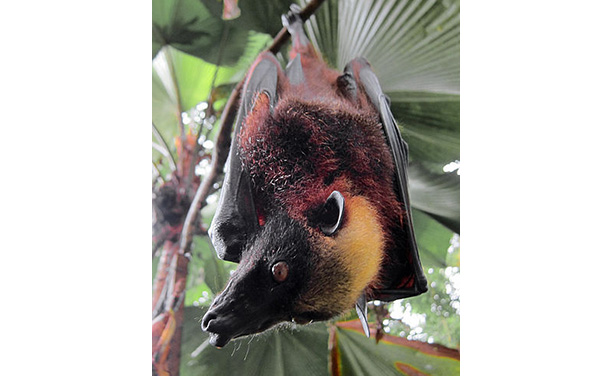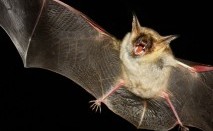
Category: Mammals

This species is a rare “mega-bat,” one of the largest species of bats in the world. They are herbivores with a keen sense of sight and smell for finding food – with the exception of one species, they do not use echolocation. They roost mostly in trees and shrubs and are sometimes unpopular with orchard owners due to their fruit-eating ways. Fruit-eating bats such as these aid in the distribution of plants by spreading their seeds as well as serving as pollinators.

The age-defying Brandt’s bat
In most mammals, larger size correlates with longer lifespan, but that is not the case with the Brandt’s bat, who can live up to 41 years and weigh less than 0.28 ounces! These bats resemble larger, longer-lived mammals in that they mature slowly and have fewer offspring – but the size difference is dramatic: a female Bonobo lives for approximately 40 years as well, but she outweighs the Brandt’s bat by a factor of 3,771! Oddly enough, it is suspected that the mutated gene that causes the bat’s dwarfish size is the same one that leads to its long lifespan. Studying animals with unusual longevity like the Brandt’s bat does more than just satisfy our curiosity, it could lead to longer, healthier lifespans for humans and other animals!
Learn more >>
 Discover Animals is a web-based educational resource offered by the NAIA
Discover Animals is a web-based educational resource offered by the NAIA